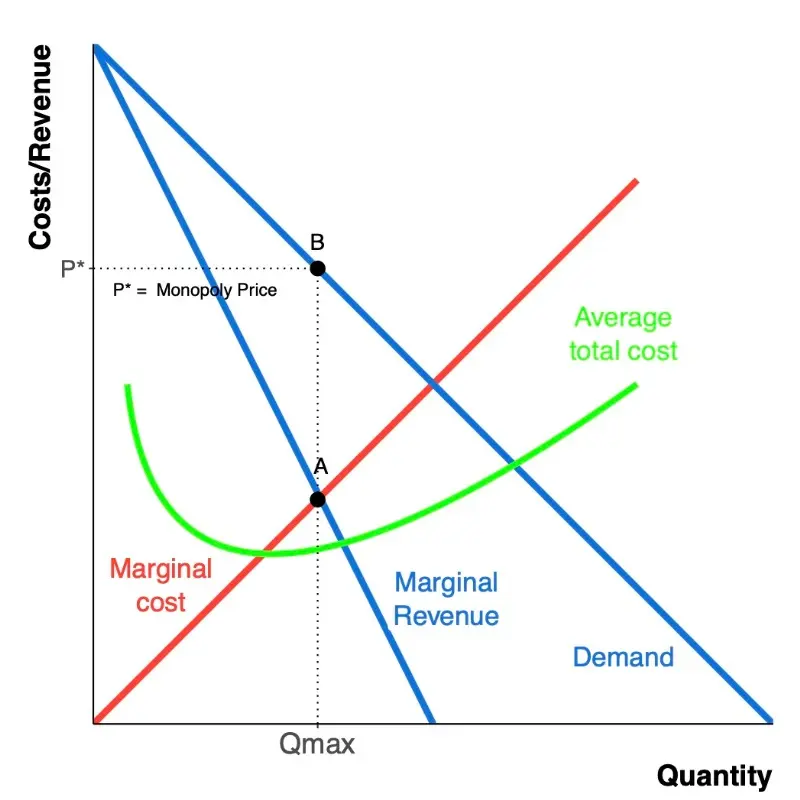Understanding Loan Capitalisation: A Comprehensive Guide to Maximizing Your Financial Strategy
Guide or Summary:What is Loan Capitalisation?How Loan Capitalisation WorksAdvantages of Loan CapitalisationDisadvantages of Loan CapitalisationWhat is Loan……
Guide or Summary:
- What is Loan Capitalisation?
- How Loan Capitalisation Works
- Advantages of Loan Capitalisation
- Disadvantages of Loan Capitalisation
What is Loan Capitalisation?
Loan capitalisation refers to the process of adding unpaid interest or fees to the principal balance of a loan, resulting in a higher total amount owed. This practice is commonly seen in various types of loans, including student loans, mortgages, and business loans. When borrowers choose to capitalise their loans, they may defer payments on the interest, allowing it to accumulate and be added to the principal amount. This can be a strategic financial decision, especially in situations where immediate cash flow is a concern.
How Loan Capitalisation Works
When a borrower opts for loan capitalisation, the interest that accrues during a specific period is not paid off but instead is added to the principal balance. For instance, if a student loan has a principal of $10,000 with an interest rate of 5%, and the borrower defers payments for one year, the unpaid interest of $500 would be added to the principal. This means that the new principal balance would be $10,500.
This process can be beneficial in certain scenarios, such as when borrowers are unable to make payments due to financial hardship. However, it is essential to understand that while loan capitalisation can provide immediate relief, it can also lead to a higher total repayment amount over the life of the loan, as interest will accrue on the new, larger principal balance.
Advantages of Loan Capitalisation
There are several advantages to loan capitalisation that borrowers should consider:

1. **Cash Flow Management**: By capitalising on loans, borrowers can manage their cash flow more effectively, particularly during times of financial stress. This can provide the necessary breathing room to stabilize finances without the burden of immediate payments.
2. **Potential for Increased Investment**: For business loans, capitalising interest can allow businesses to invest in growth opportunities rather than diverting funds to interest payments.
3. **Deferment Options**: Many student loans offer capitalisation options during deferment periods, making it easier for students to focus on their studies without the added pressure of monthly payments.
Disadvantages of Loan Capitalisation
Despite the benefits, there are also significant disadvantages to consider:
1. **Increased Debt**: Capitalising loans can lead to a cycle of increasing debt, as interest continues to accrue on a larger principal amount. Borrowers may find themselves in a more challenging financial position in the long run.
2. **Higher Total Interest Payments**: Over the life of the loan, borrowers will end up paying more in interest due to the higher principal balance. This can significantly increase the total cost of the loan.
3. **Impact on Credit Score**: If capitalisation leads to missed payments or higher debt levels, it can negatively affect a borrower’s credit score, making it more difficult to secure future loans.
Loan capitalisation can be a useful tool for managing financial obligations, particularly in challenging economic times. However, borrowers must carefully weigh the pros and cons before deciding to capitalise on their loans. Understanding the implications of this practice is crucial for making informed financial decisions. By doing so, borrowers can navigate their financial landscape more effectively and work towards achieving their long-term financial goals.

In summary, loan capitalisation can provide short-term relief but may lead to long-term financial challenges. It is essential to approach this strategy with a clear understanding of its effects on overall debt and financial health.